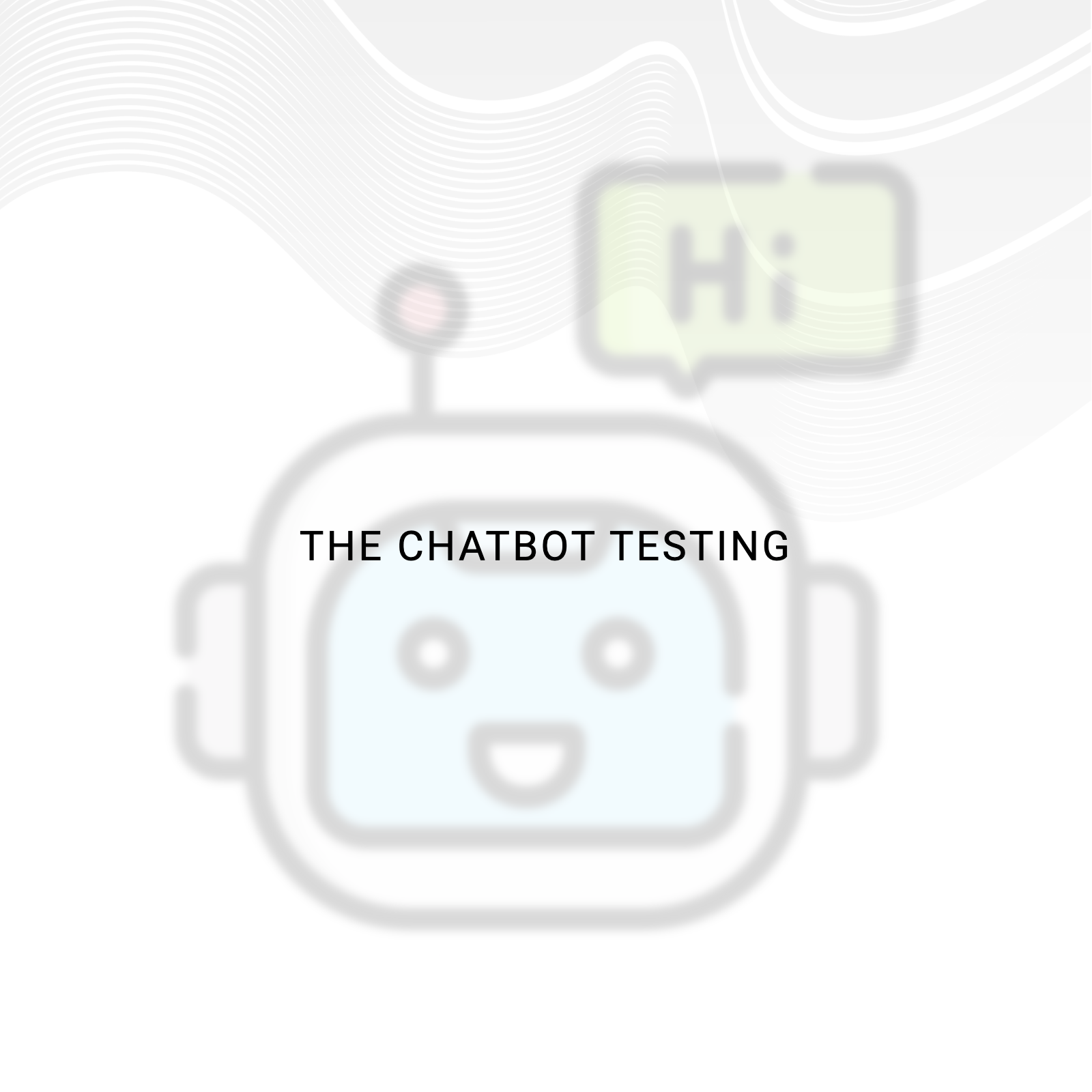The Chatbot Testing
Tue Aug 13 2024

Imagine visiting a new website. A lot of things pop up on the homepage. One such pop-up is a virtual chat box with someone from the company that can answer all your preliminary questions and queries and redirects you to the related page on the website or the concerned people in the company.
Have you received any such assistance when you visited a website or web-based application? These are chatbots that have now become an integral, front-facing part of direct communication with customers. They are available 24/7, assist the customers without any human intervention or assistance, and can support multiple customers at the same time.

An introduction to chatbots and how they function:
A chatbot is an artificial intelligence (AI) program that can seamlessly chat with a user visiting a website in their local language and assist them with their queries. For example, the chatbot feature on a banking website allows the users to access what they want with a few clicks. It provides a set of options for the users from which they can choose, and alternatively there is also an option for interacting with a human on live chat.
Types of chatbots:
Chatbots can be categorized into two types: Rule-based and AI self-learning bots. Bots that answer questions based on the rules, they are trained on are called rule-based/decision tree chatbots. These rules are predefined and can vary from simple to complex. They only perform and work with the scenarios you train (code) them for.
On the other hand, bots that use machine learning techniques to manage user queries are called self-learning or AI (Artificial Intelligence) based chatbots. These bots understand the human language and do not rely on scripted conversation. It accepts a free form of input and responds to each question by learning natural-language responses through machine learning.
If the chatbots are efficient on their own, what is the need for Chatbot testing:
A majority of chatbots cannot comprehend user intent, and many of them are not verified via adequate testing. When they cannot understand human voice or instructions, they fail to perform basic functions like redirecting queries and interpreting requests.
Customers must find chatbots useful to make them successful. Customer intent is to get the ultimate outcome (information) they are seeking when they engage with a chatbot. Therefore, it is very essential that these chatbots should be programmed and tested with multiple input values and formats to make them effective. This training data is a set of scenarios expressing various kinds of user intent. Chatbots use these data points to create mathematical models for recognizing said intent. It must be then tested to ensure that its response is as expected in every scenario.
The testing Scope of chatbots is as follows:
Response accuracy: Validate if the responses or answers provided by the bot are accurate enough. Also, validate the bot’s response time to answer different questions.
Understanding: Validate if the bot can understand the requests; engage in pleasant, casual conversations, use apt idioms, and interpret emojis sent by the user, among other conversational inputs.
Navigation: Validate if the user can navigate through different options in the chatbot and through the application during an ongoing chat.
Intelligence: Validate if the bot can remember things and provides correct responses based on recorded or stored data.
Simulation: Validate if the bot’s voice, text, and language fit with a real user.
Error Management: Validate the bot’s response for irrelevant input from the user in-between a conversation.
Chatbot Automation Testing Tools:
There are many tools used for performing chatbot automation testing. Some of the popular ones are listed below:
Botium – This is used for conversational flow testing. Botium Core automates conversations with a virtual assistant whereas Botium Box makes test automation faster and easier.
Selenium: Selenium web driver and IDE are widely used for chatbot testing. Chatbots can be tested using Record and Play functionality using Selenium IDE.
Chatbot Test – It’s an open-source guide that helps to identify chatbot’s design issues. It provides seven different metrics to use for evaluating a bot’s performance.
Test My Bot – It includes tools for recording and replaying conversations and integrates them with CI/CD.
Though there are multiple ways in which chatbot testing can be done, the tools and technologies we pick depend on the preference of the clients and how comfortable the team is with the tools. At Testing Mavens, our team of testers is well-versed with all the tools mentioned above that will seamlessly help to test your website’s chatbot feature. Contact us for a consultation today!


